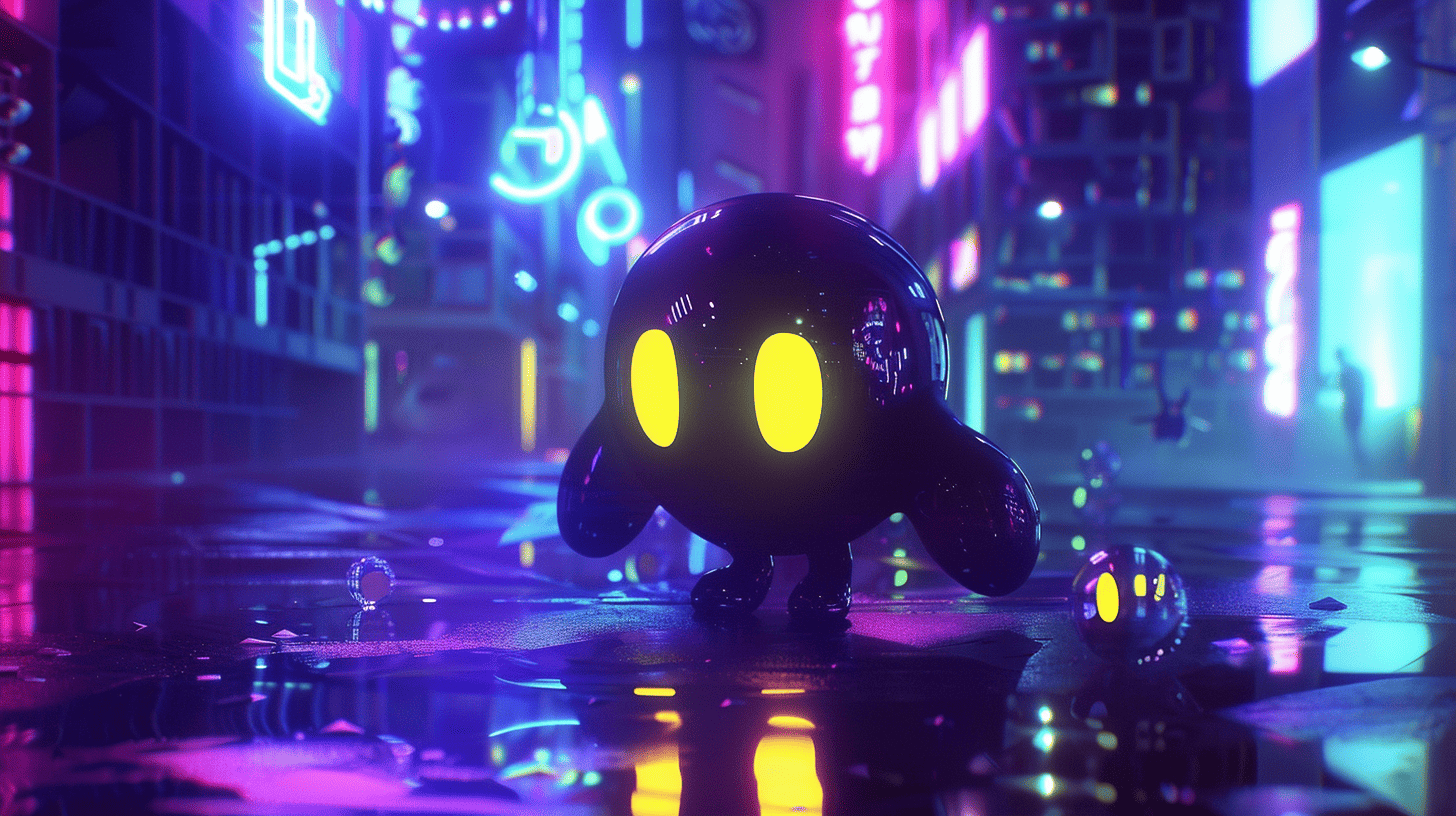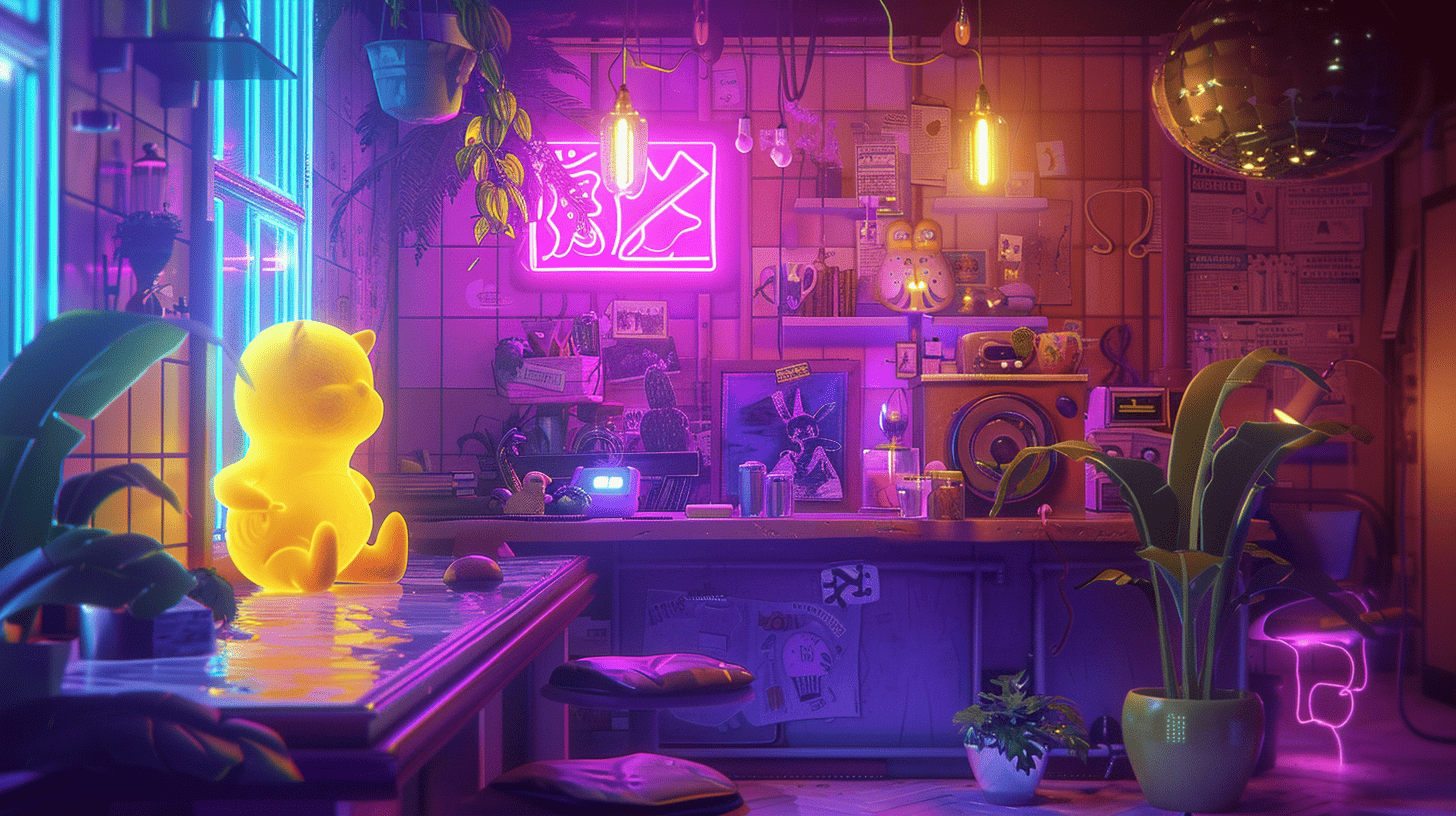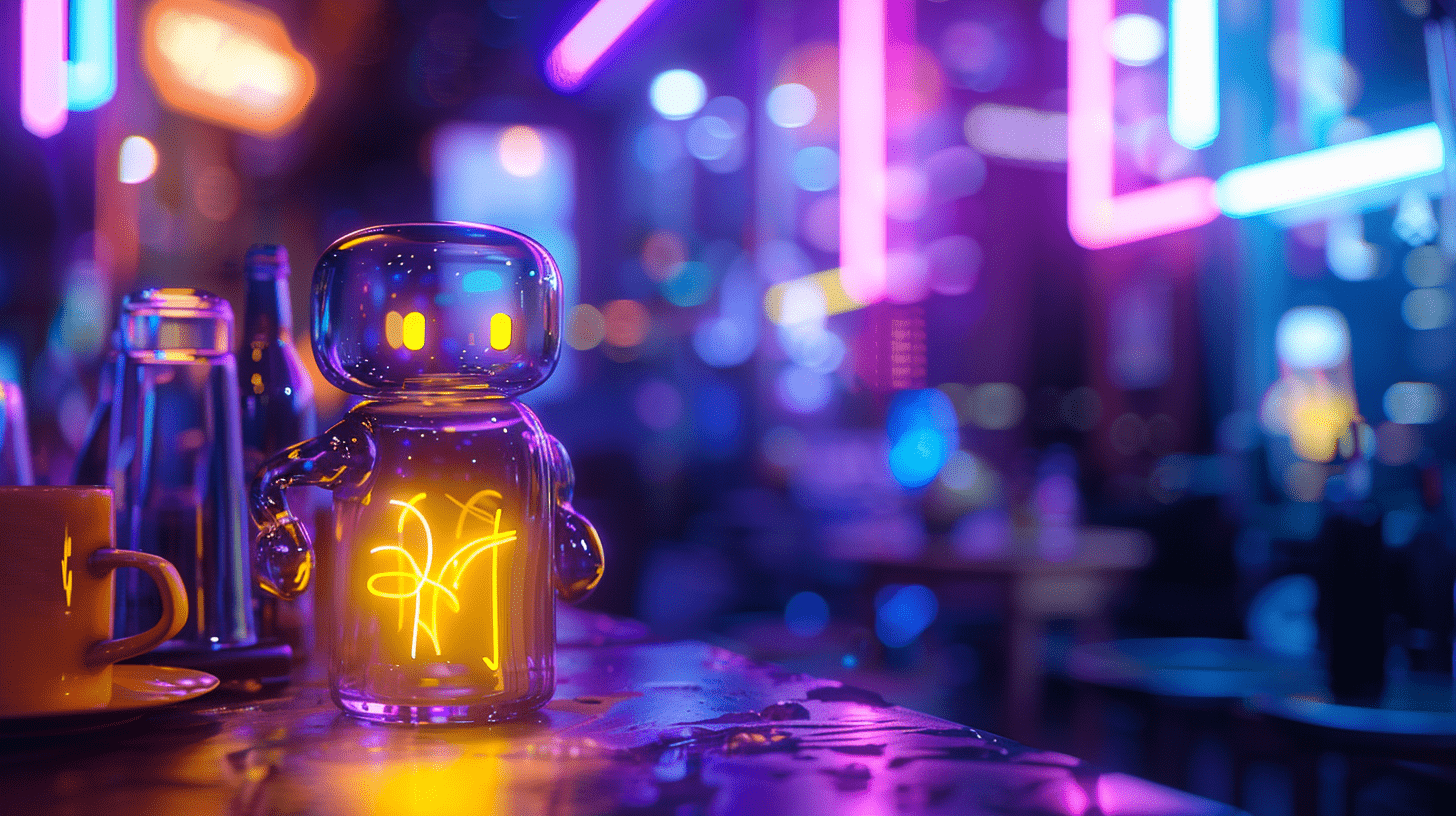What Drives Gamers to Collect Rare NFTs?

Not Every NFT Has A Purpose — But Many Still Hold Value
Some NFTs unlock features like exclusive access, power-ups, or in-game perks. Others do nothing at all. No extras. No gameplay advantages. Yet gamers line up for them.
Why is that?
Because collecting isn’t always logical. It’s tied to emotions, a sense of identity, and even social status. A rare NFT might not help you succeed in a game — but owning it can still feel meaningful.
In this piece, we’ll explore why gamers crave rare NFTs. Not to get ahead in the game, but to own something they see as unique.

Collecting in Gaming Has Been Around — It’s Just Easier to Spot Now
Gamers have collected stuff in games for a long time. Skins, pets, trophies, and badges — even when these had no real purpose.
Before NFTs, these items stayed stuck in games. You couldn’t move them, sell them, or prove you owned them outside the game world.
Blockchain flipped the script.
Now, your items sit in a wallet. You can display them, trade them, or keep them as long as you like. This shift made collecting more open and much more serious.
NFTs didn’t create digital collecting. They just turned it into something permanent, visible, and linked to the wider economy.
Rarity Drives Want: The Power of Scarcity
People chase what’s tough to find. It’s pretty much how our brains work. The rarer something is, the more special it seems — even if it doesn’t do anything useful.
Games rely on this idea a lot. They offer exclusive skins, limited-time drops, and one-off events that push people to act fast. NFTs just take that idea of scarcity and lock it down. You can see exact numbers and track ownership in wallets.
That visibility cranks up the pressure. Players feel the need to join the "lucky few" who own a rare thing. They want to stand out from the crowd.
Being rare doesn’t mean an item has value in a practical sense. But rarity makes people care about it.

Identity Comes Through Ownership
In games, appearances matter. Your profile, gear, and avatar all reflect who you are to others.
When you own a rare NFT, it says something about who you are. It’s more than just a digital item. It sends a message like, "I got in early", "I achieved this", or "I believe in this project".
Players use NFTs to show their personality, dedication, or rank. Some treat them like virtual fashion, while others see them as trophies they’ve earned.
Since ownership is public, everyone else can notice too. That opens the door for personal preferences to gain attention and respect within the community.
It’s less about competing and more about showing what makes you unique.
Community Recognition and Social Signals
In plenty of Web3 games, collectibles are more than just looks. They serve as evidence that you were there , joined an event, or backed the project.
Owning a rare NFT makes a statement. Other players notice it. Communities often show appreciation by offering respect exclusive access, or even assigning special roles in Discord.
Certain items open up private chats or give early access to content. Some boost your status. Either way, having something rare can push you higher up in the game’s social hierarchy.
This isn’t about playing the game better. It’s about being noticed and feeling like part of the exclusive group.

Attachment and Memories
Some NFTs become valuable because of their meaning, not their function.
Players remember how they got them. Maybe it was snagging one on launch day. Maybe it came as a reward after a tough challenge. Sometimes it’s a gift from a fun community event. Those moments stick and turn the NFT into more than just a piece of code.
That bond makes people stick around even if the value falls.
It's similar to why gamers hold onto old gear or nostalgic screenshots. But with NFTs, the item exists as something real, tradable, and unchanging.
For many, the worth isn’t in the price. It’s about the story it carries.
Dangers of Overdoing It: When Collecting Becomes a Problem
Collecting can feel rewarding — until it doesn’t.
Some chase after every new drop. They rush to buy, afraid to miss out, and often end up spending more than they meant to. Scarcity and hype add fuel to the fire.
Others look at collectibles as investments instead of memories. When their prices drop, they feel frustrated. What starts as a hobby can turn into a source of stress.
Burnout happens. Trying to keep up with all the releases or staying relevant can exhaust players.
Collecting itself isn’t wrong. But when there’s no limit, it stops feeling satisfying and becomes a hassle instead.

Conclusion
Players collect rare NFTs to do more than just use them. It’s about showcasing status, preserving memories, and finding meaning.
Owning something rare feels special. It reflects your identity, your values, and your journey. In Web3 games, this has importance — not just to you, but to others too.
However, collecting comes with its own challenges. Chasing every new drop isn’t always worth it. Not every collectible will maintain its value.
The urge to collect will always stick around. It helps players bond with games, others, and even themselves.
